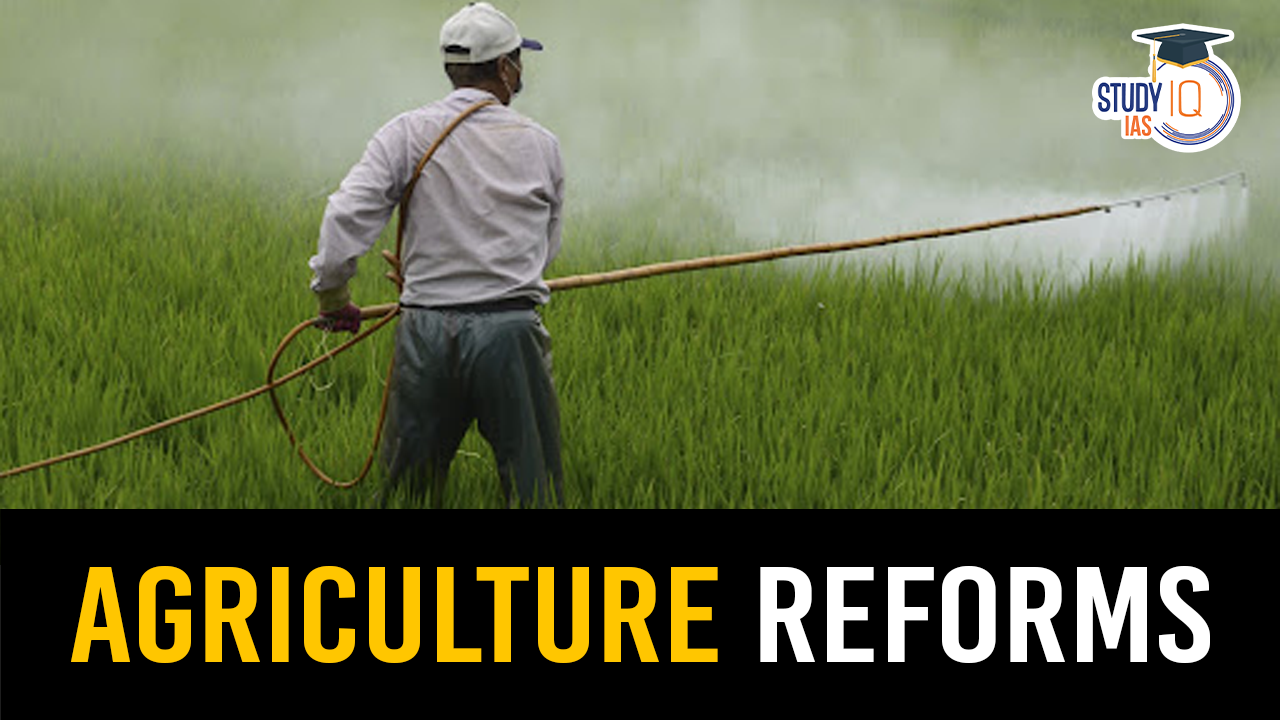Table of Contents
Key Agricultural Initiatives
- PM-KISAN Continuation: The government distributed ₹20,000 crore under PM-KISAN to continue direct cash transfers of ₹6,000 per year to agricultural households, although expected adjustments for inflation were not made.
- Seven New Agriculture Schemes: The government approved seven schemes for agriculture, with a total allocation of ₹14,000 crore, focusing on:
- Digitalisation of agriculture: Includes land records, farmer ID cards, crop monitoring, and subsidies.
- Crop science: Focus on food and nutrition security in the face of climate change.
- Horticulture: Enhancing nutrition and profitability.
- Livestock health and production: Promoting sustainability and profitability.
- Natural resource management: For climate resilience and a clean environment.
- Agriculture education: To develop skilled human resources.
- Krishi Vigyan Kendras: For better farmer outreach.
Digitalisation of Agriculture
- Farmer Identification: The focus is on identifying tenant farmers, who comprise 25-30% of agricultural workers but lack access to institutional credit and PM-KISAN benefits.
- Agri-Stack Creation: There is a need to triangulate data sets related to soil health, crop patterns, and subsidies to improve resource allocation and reduce waste. For instance, soil health cards could be linked to fertilizer usage, and unnecessary food subsidies like free rice for rice growers could be eliminated.
Rural Development Initiatives
- Housing for Rural Areas: An additional 20 million houses are to be built in rural areas, boosting the rural economy by creating jobs for masons, carpenters, electricians, and providing better living conditions.
- PM-Gram Sadak Yojana: The government announced a ₹75,000 crore investment in rural roads, which has been shown to provide high returns in agri-GDP growth and poverty alleviation by improving market access for rural populations.
Growth Of India’s Agriculture in Recent Years
- Agriculture employs nearly 46% of the workforce, it contributes only about 18% to the GDP.
- However, the agri-GDP growth for 2023-24 is just 0.7%.
- From 1991-92 to 2023-24, India’s GDP grew at an average rate of 6.1% annually, while agricultural GDP grew at 3.3%.
- During the last decade, overall GDP growth was 5.9%, but agricultural growth was only 3.6%.
- Shares of agriculture in overall GVA at current prices in FY 24 were 17.7% (Economic Survey 23-24).
| Why There is a Need For Strategic Planning in India’s Agriculture? |
|
What are the Roadblocks For Indian Agriculture?
- Climate Change and Environmental Risks: As global temperatures rise, agriculture faces increased risks from unseasonal rains, droughts, and other extreme weather events.
- These disrupt crop cycles and affect yields, posing a fundamental threat to agricultural stability and food security.
- g. Climate-related challenges such as unseasonal rains significantly impacted agricultural productivity, with agri-GDP growth plummeting to 0.7% in the 2023-24 fiscal year.
- Workforce Imbalance: Agriculture accounts for about 18% of GDP while employing nearly 46% of the workforce, showcasing low productivity and potential for economic imbalances.
- Resource Management Issues: Urgent improvements are needed in managing water use, combating soil degradation, and reducing greenhouse gas emissions from agriculture.
- g. Between 2002 and 2022, about 95% of India’s groundwater depletion occurred in north India mainly as a result of increased groundwater pumping to meet irrigation demands for crops.
- Lag in Technology and Innovation: There is a critical need for modernising agricultural practices and infrastructure to address climate challenges and enhance productivity.
- Policy Shortcomings: Current agricultural policies, such as export controls and stocking limits, reflect outdated approaches reminiscent of the 1960s and highlight the necessity for policy reforms in subsidy allocation, research funding, and improving market access.
Way Forward
- Adoption of Sustainable Practices: The transformation of Indian agriculture will depend on embracing sustainable methods like precision farming, the use of genetically modified crops, and sophisticated irrigation techniques such as drip and sprinkler systems.
- Investment in Research and Development: Significant funding is required in agricultural research, infrastructure, and policy development to sustainably meet increasing future demands.
- Funding and Budget Provisions: The 2024-25 budget includes an allocation of ₹20 lakh crore for targeted agricultural credit and initiates the Agriculture Accelerator Fund, demonstrating a commitment to advancing agricultural innovation and growth.
- Enhancement of Digital Infrastructure: Strengthening and expanding digital platforms such as eNAM is essential to enhance market access, provide real-time data, and ensure better pricing outcomes for farmers.


 Central Pollution Control Board (CPCB) R...
Central Pollution Control Board (CPCB) R...
 Kancha Gachibowli Forest (KGF), Signific...
Kancha Gachibowli Forest (KGF), Signific...
 Wombats: Marsupial, Nocturnal, Burrowing...
Wombats: Marsupial, Nocturnal, Burrowing...





















